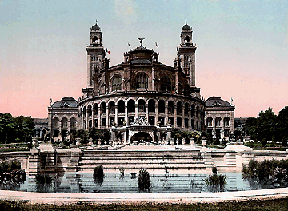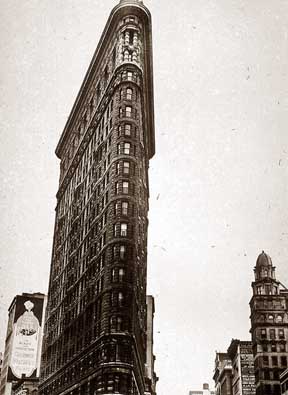The Lazarus Trust

Like the Aeon Society, the Ponatowski Foundation or the National Geographic Society, the Lazarus Trust is an explorer's club, charging the expeditions it funds to bring back stories and knowledge to spread to society at large. This includes tales of life with desert tribes and cross-Alaskan sled rides, the finding of strange jungle plants and excavations of archaeological ruins. These expeditions are also often charged with bringing back artifacts from their explorations, which the Trust's employees examine. Many items are later seen in the hands of places like the British Museum or the Smithsonian Museum, but just as many never again see the light of day. The Lazarus Trust is more than happy to fund expeditions its employees wish to take for personal reasons, provided that the Trust sees a return on its investment, in the form of a full accounting of a discovery for the Journals and, often, an artifact.
The Trust has three main offices, in New York, Paris and Cairo, and a large number of branch offices in cities around the globe, including Delhi, Johannesburg, London, Los Angeles, Rio de Janeiro and Shanghai. The branch offices act as newsgatherers for their region, employing a vast network of contacts and informers to tell them of strange or interesting happenings in the area. When a story seems to have enough substance and strangeness behind it to warrant a closer look, the head of the branch office wires to a main office to report; the New York office deals with the Americas, the Paris office with Europe and Africa and the Cairo office with the Middle East and Asia. If the head of the main office agrees that a story seems interesting, he'll send an exploration team to conduct an investigation and come back with the story. A few of the larger, more distant local offices have their own investigative teams. The one in Queensland, for example. This doesn't keep them from calling in a more seasoned team if they need to, and each main office has several different teams it can call on; it's rare for more than one team to be "at home" at any given time.

The heads of the three main offices consult with each other by wire and telephone and, four times a year, meet in person to discuss Trust business. While it's widely accepted that there's someone higher-up in the Trust's heirarchy than these three men, but even they don't claim to know him personally, or to even know his identity. They call him "The Quiet Man," and speak of him only in hearsay (i.e. "I heard that The Quiet Man is happy with your work).
The Trust main home activity is publishing a seasonal almanac, called The Journals of the Lazarus Trust, that contains stories of events and findings from agents' expeditions around the globe. These are generally complete and detailed accounts, including photographs and technical drawings and footnotes referencing archived film or artifactual evidence, where possible. The Journals are sent to all members of the Trust in good standing and to each of the Trust's local offices. They are available for all others to purchase. Typically larger public and university libraries buy them; individuals who want copies usually become members of the Trust.
According to the Lazarus Trust's archives, the Journals were first published in the Winter of 1831 and have never missed an installment since, not even during the war. Rabbit, however, is sure that he saw a book of the same title in Cairo in 1821. There are only two known complete collections of the Journals: one in the Paris office and one in the New York office. Local office, private and library collections have all proved incomplete and, as the Journals are never reprinted, the only way to finish an incomplete collection is to find a lost copy of a volume or to take one from someone else.

After expeditions and publishing, the Trust's third function is social, playing the role of gentleman's club for its members and providing the comforts of home to a largely British fellowship. Membership gives access to the Trust's libraries - which store a vast collection of knowledge - and to the offices' facilities, much like any gentleman's club. Members can go to any nearby office to lounge in the parlor or smoking room, take dinner in the dining room or play a spot of billiards in the drawing room. Membership also gives the member the right to participate in the larger, more elaborate, expeditions.
Members of the Trust each pay a different rate, and neither wealth nor social standing decides the price - rich men have paid pennies, while poorer men have mortgaged their homes to stay on the rolls. Whatever the case, membership fees and the revenues gained from sale of artifacts to museums and of the Journals to libraries couldn't possibly add up to provide the resources the Trust has to dole out to its employees. If anyone knows what the trust source of the Lazarus Trust's vast funding is, they haven't said.
The Lazarus Trust's archives' earliest membership records date from 1831, but the records make no distinction between new and existing members - the Trust may have been founded in that year or it may be older. Similarly, no member or employee can say when the Trust was organized or who, in fact, did the organizing. It's 1924, after all, and none of them are quite that old.